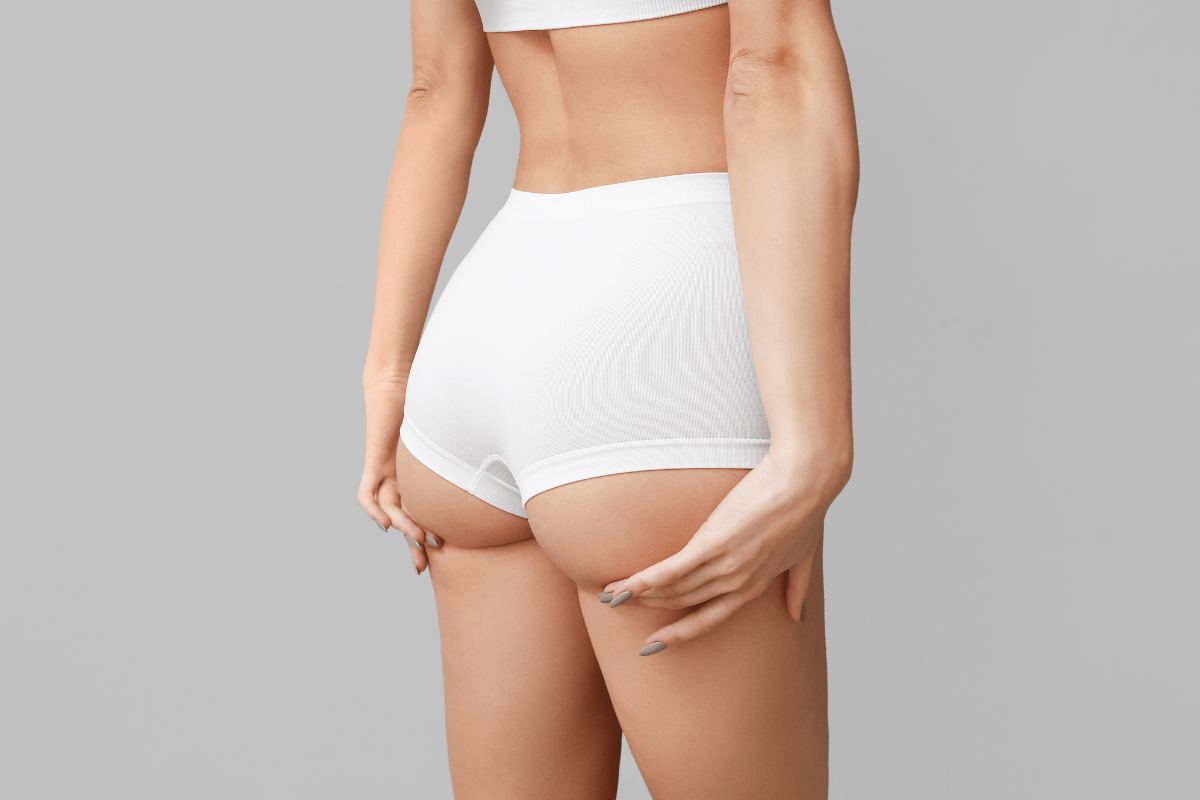
Join now for exclusive pricing & express shipping
Botox Side Effects: Scenario 1: Sarah, a 30-year-old woman, decided to try Botox injections for cosmetic purposes. However, she experienced a rare and severe side effect. After the injections, she had difficulty breathing and speaking, which required immediate medical attention.
Scenario 2: Seeking a youthful appearance, John, a 50-year-old man, received Botox injections on his forehead. Unfortunately, due to overuse of the treatment and inexperienced administration, he experienced unnatural facial expressions. This occurrence emphasized the importance of working with a skilled, experienced provider who understands facial anatomy.
Scenario 3: a 38-year-old woman, Lisa, desired a smoother forehead and opted for Botox injections. However, she developed temporary eyelid drooping (ptosis) as a side effect. This occurrence was because of the infusion spreading to unintended areas. Luckily, her healthcare provider prescribed the medication, with visible results, in just a few weeks.
Botox, renowned for its versatility in cosmetic enhancement and medical treatment, has gained widespread recognition for its ability to reduce wrinkles and ease various health issues, such as migraines. However, it is not free from side effects. According to a study mentioned in The Guardian, approximately one in six recipients of Botox reported experiencing adverse reactions. Therefore, it is crucial to have a comprehensive understanding of Botox‘s side effects, as with any medical procedure. In this article, we provide details about the common side effects of this popular cosmetic treatment.
Botox, short for botulinum toxin, temporarily paralyzes muscles to reduce wrinkles and treat medical conditions. While considered safe, there are some side effects that users should know:
Active 1: Botox helps to relax tightened muscles in the head and neck that can trigger migraine attacks, reducing pain signals sent to the brain and preventing frequent migraines. Many people need to be aware of this use of Botox. Doctors administer Botox injections around the head and neck every 12 weeks to dull or prevent migraine headaches. In such cases, specific side effects may arise:
When administering Botox to the forehead for cosmetic purposes, there are specific considerations regarding side effects:
While rare, there have been reports of neurological side effects associated with Botox injections:
Botox is a widely used treatment with a strong safety record. However, it is essential to understand the potential side effects. Common side effects include localized pain, bruising, and temporary muscle weakness.
Specific side effects, such as headaches or eyelid drooping, may occur when Botox intends to treat migraines or forehead fine lines. Rare but severe neurological side effects are possible but exceptionally uncommon.
Before considering Botox therapy, it is crucial to discuss it with a certified healthcare expert who can conduct a comprehensive evaluation and address your questions or concerns. A healthcare provider will help determine if Botox suits your cosmetic or medical requirements.